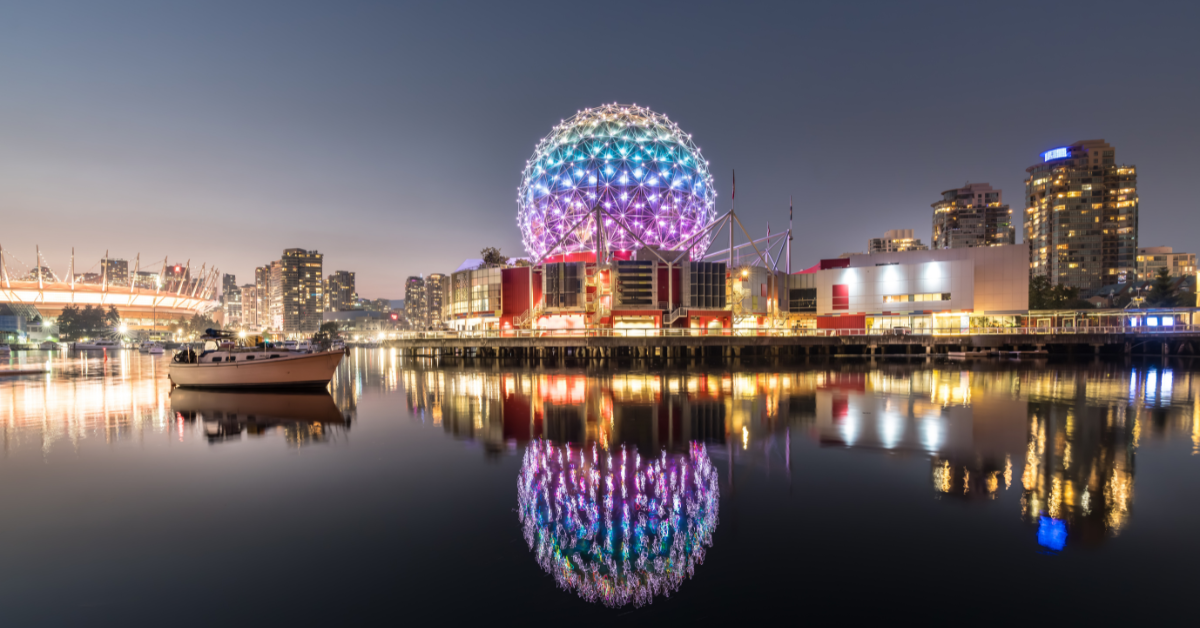“In this bright future you can’t forget your past.” — Bob Marley
As Cologix celebrates 10 years of operation this month, it’s tempting to dwell on how far we have come on the journey from a single interconnection hub in Dallas to North American’s largest privately held Interconnection platform. Doubling the size of any company is always a great achievement, we’ve done it nearly every year for the past 10 years.
Our 10 year anniversary is also the perfect time to think about the future. And why not think about 10 years into the future.
It’s 2030 and a lot has happened since 2020
Moore’s law was broken earlier in the decade and processors have been physically growing in size just to keep up with demand for over 5 years. The limits of physics have been breached in fiber optics and over 10 % of the world’s population is now employed in deploying new fiber and constructing data centers. A UN mandate to make all spectrum free to air globally triggered a step increase in ownership of 10 G network enabled mobile devices.
Growth in Data Traffic
The massive increase in data traffic was easy to predict, but somehow back in 2020, nobody believed the predictions. Charts with exponential lines heading up and to the right were both universally read and ignored.
It seems that nobody predicted the growth in data traffic would impact small and medium sized cities as much as the former centers of population. The pandemic of 2020 triggered an exodus of workers and businesses to less urban centers that never reversed. High speed and low cost access to the globe’s digital backbone has made real estate more or less desirable.
Physically, this pervasive and insatiable demand for data, coupled with the sustained and absolute dominance of the 4 major global cloud service providers, has changed the landscape for data centers a great deal.
Networks and Connectivity
Every city still has a neutral – host network hub, anchoring all network connectivity for a given community, fixed, wireless and next gen low orbit satellite. But these facilities are now vast in scale and complexity, with a single plane of physical infrastructure comprising serverless compute resources, SDN software for all aspects of Layers 2 through 5 and optical equipment and network optics, with interconnectivity between the networks and applications provided by fully automated and API driven software defined interconnection (SDI).
A single global standard for the interconnection API was agreed in 2025, but then the Brits and the French wrote their own, and then all hell broke loose. Each of the global cloud service providers published their own and that settled things.
Data Centers
Most cities also have a complex of mega data centers that over time have absorbed most of the new demand and consolidated the legacy data center footprints that remained to service the needs of the 20% of applications left outside of the global cloud platforms and for government applications. These mega facilities support both local applications with latency needs for local clients but are also connected to the global grid that allows load sharing.
Global load sharing agreements allow facilities to run at PUE’s close 1 permanently and immediately from commissioning. Mega Centers are typically 500 MW to 5 GW in scale and dedicated renewable energy production plants are mostly owned by the global cloud service providers.
The global interconnection of vast compute and storage farms put even more emphasis on the networks and the interconnection of those networks. Cologix emerged as a leader in this market and also operates a number of the mega centers, with their first off shore mega center being deployed later this month on top of the world’s largest under water turbine power production plant.
Feel free to hold me to these predictions in 10 years time!













